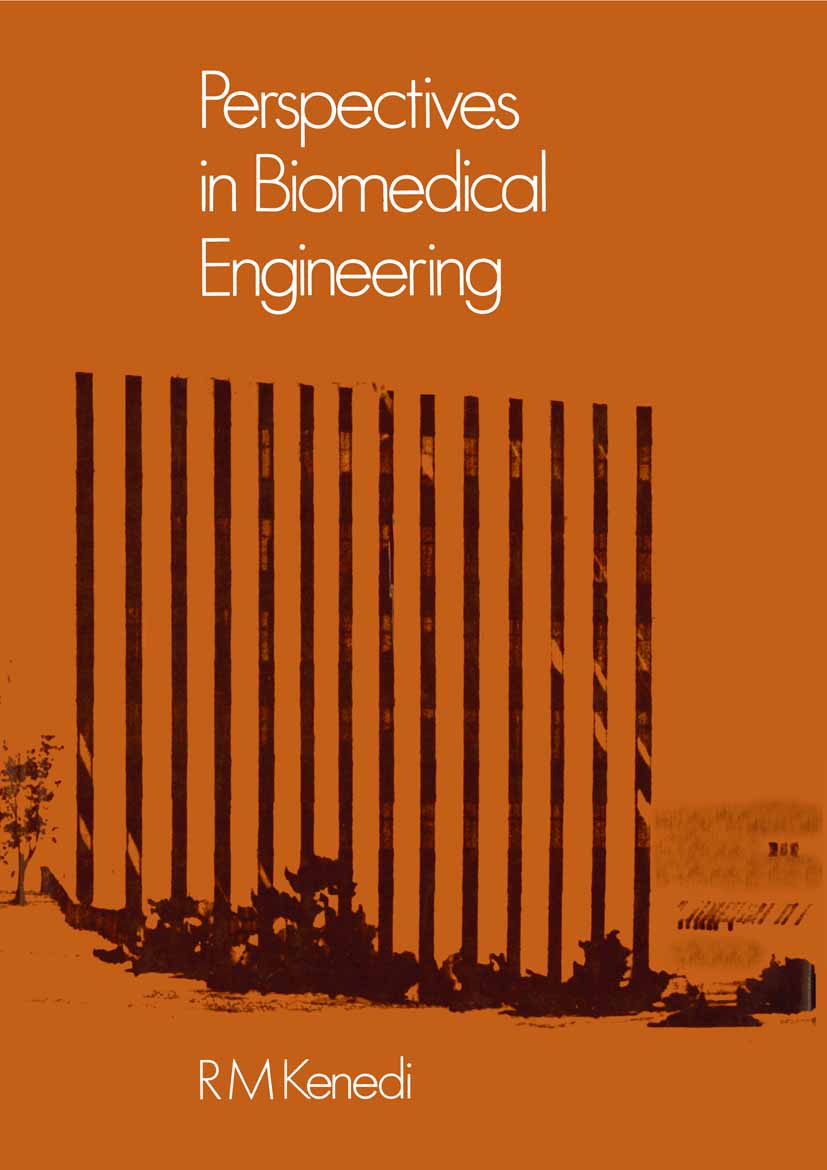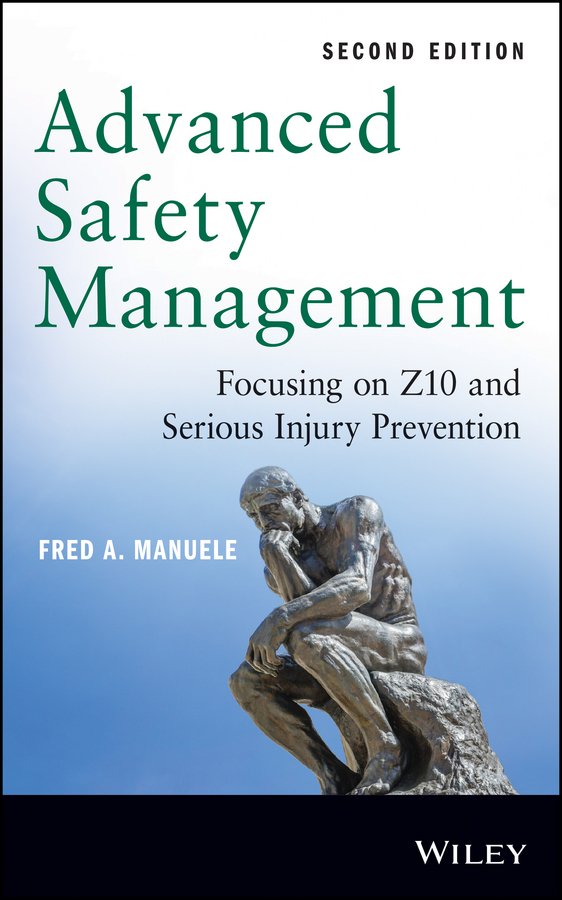
- Browse Category
Subjects
 We Begin at the EndLearn More
We Begin at the EndLearn More - Choice Picks
- Top 100 Free Books
- Blog
- Recently Added
- Submit your eBook
password reset instructions
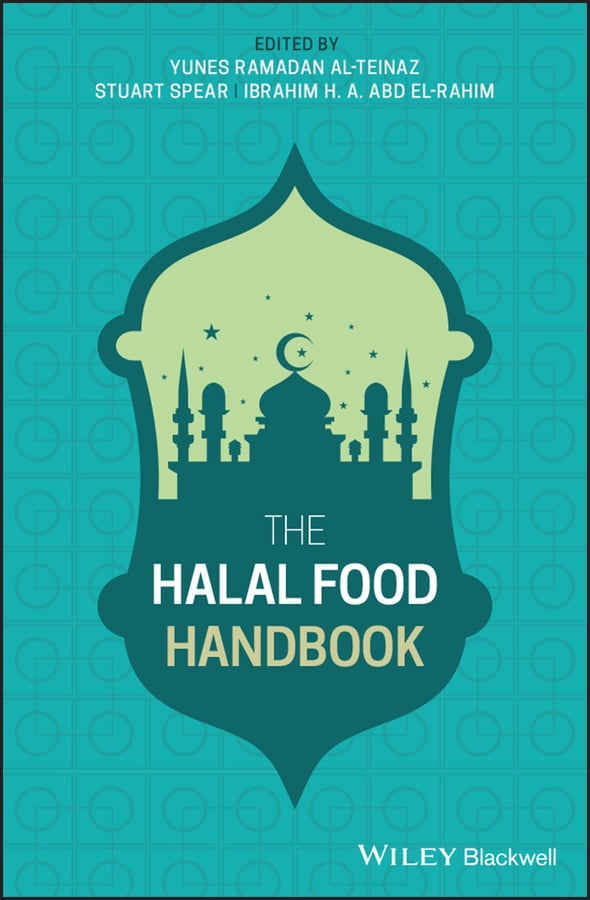
A unique handbook providing a set of good practice standards for both producers and consumers of Halal food
This accessible, authoritative book covers all aspects of Halal from its origins through to how we expect Halal to develop in the coming years. It explains what Halal is, where it came from, how it is practiced, and by whom. In addition to putting Halal in a religious and cultural context, the book provides practical standards for those working in the Halal trade. It explains why there are so many different interpretations of Halal and why this needs to be resolved if international trade is to be developed.
Each chapter in The Halal Food Handbook is written by leading experts in their particular field of study. The first one discusses how regulatory bodies have failed to stem the miss selling and adulteration of Halal foods. The next chapters cover the slaughter process and issues around good practice. The book then looks at regulators—covering Sharia law, UK national laws, and the EU—and outlines the legal framework for enforcing the law. It also compares and contrasts different types of religious slaughter for faith foods; examines attempts to set an international standard for trade; and discusses pork adulteration in Halal foods. The final chapter covers other aspects of Halal, including cosmetics, tourism, lifestyle, and banking, and finishes with a look at what the future holds for Halal.
- Written and edited by leading international experts in Halal who are backed by the Muslim Council of Britain
- Presents a set of good practice standards for both producers and consumers of Halal food
- Covers the complexity of the political, legal, and practical dimensions of Halal food production
The Halal Food Handbook will appeal to a wide audience, including abattoirs, manufacturers, retailers, regulators, academics, public bodies catering for Muslims, and the broader Muslim community.
Less- File size
- Print pages
- Publisher
- Publication date
- Language
- ISBN
- 9.6 X 6.9 X 1 in
- 504
- Wiley
- March 9, 2020
- English
- 9781118823118





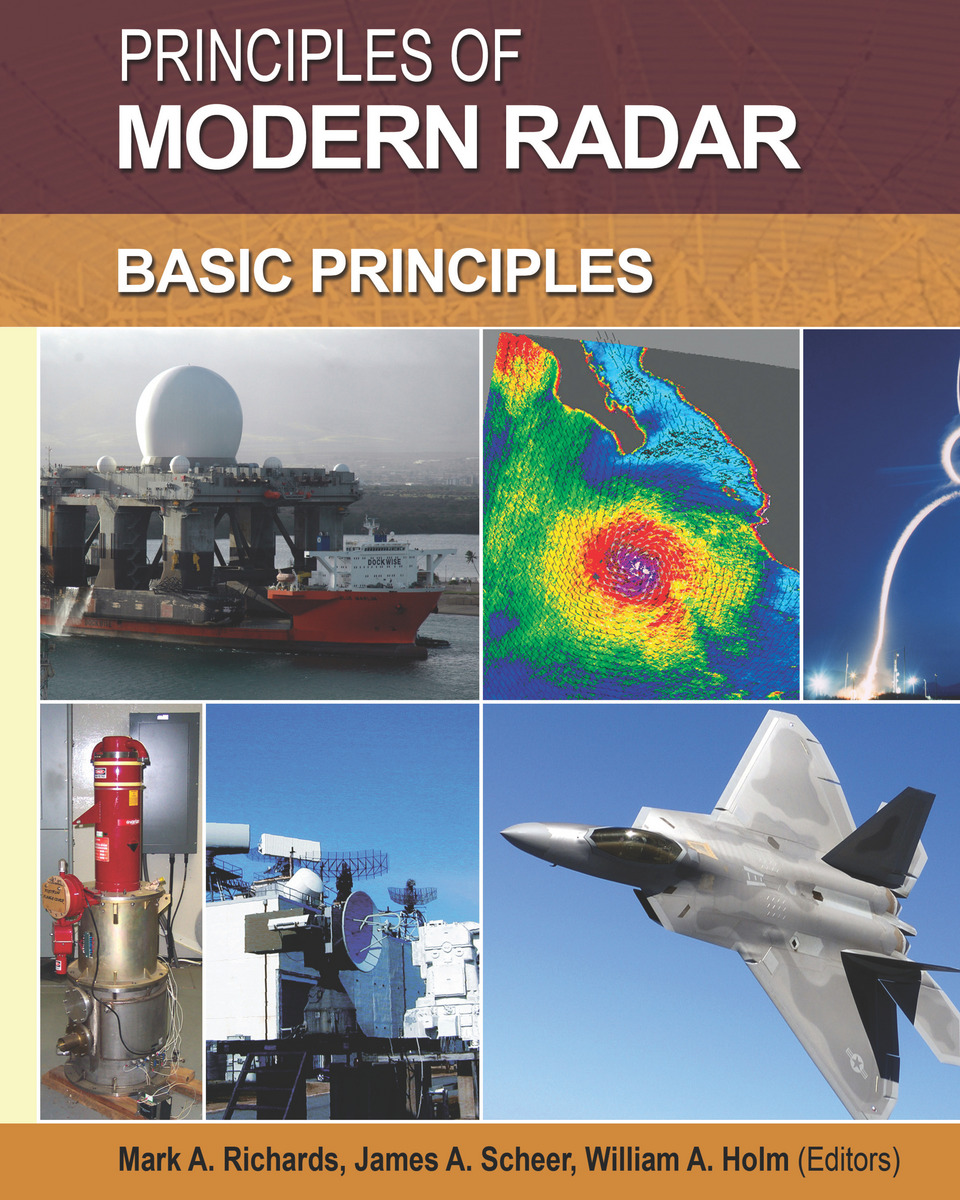
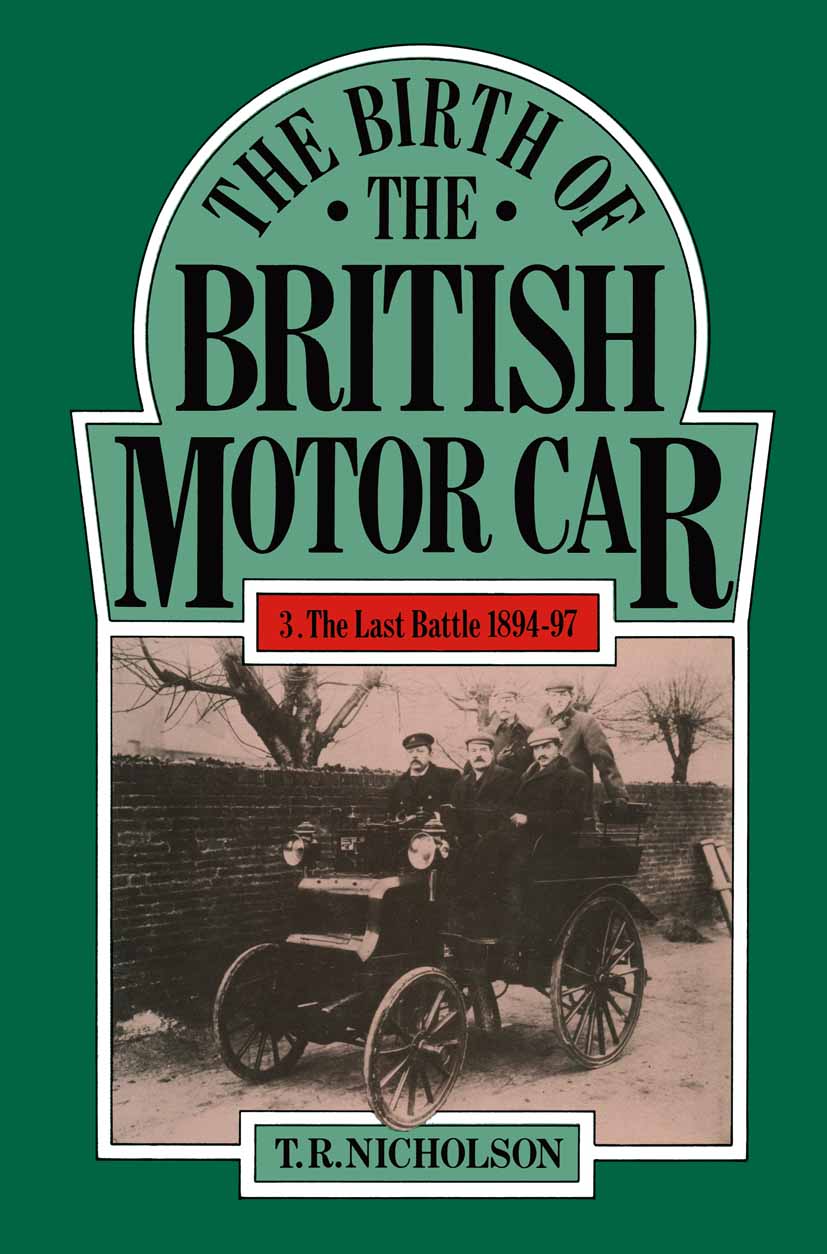
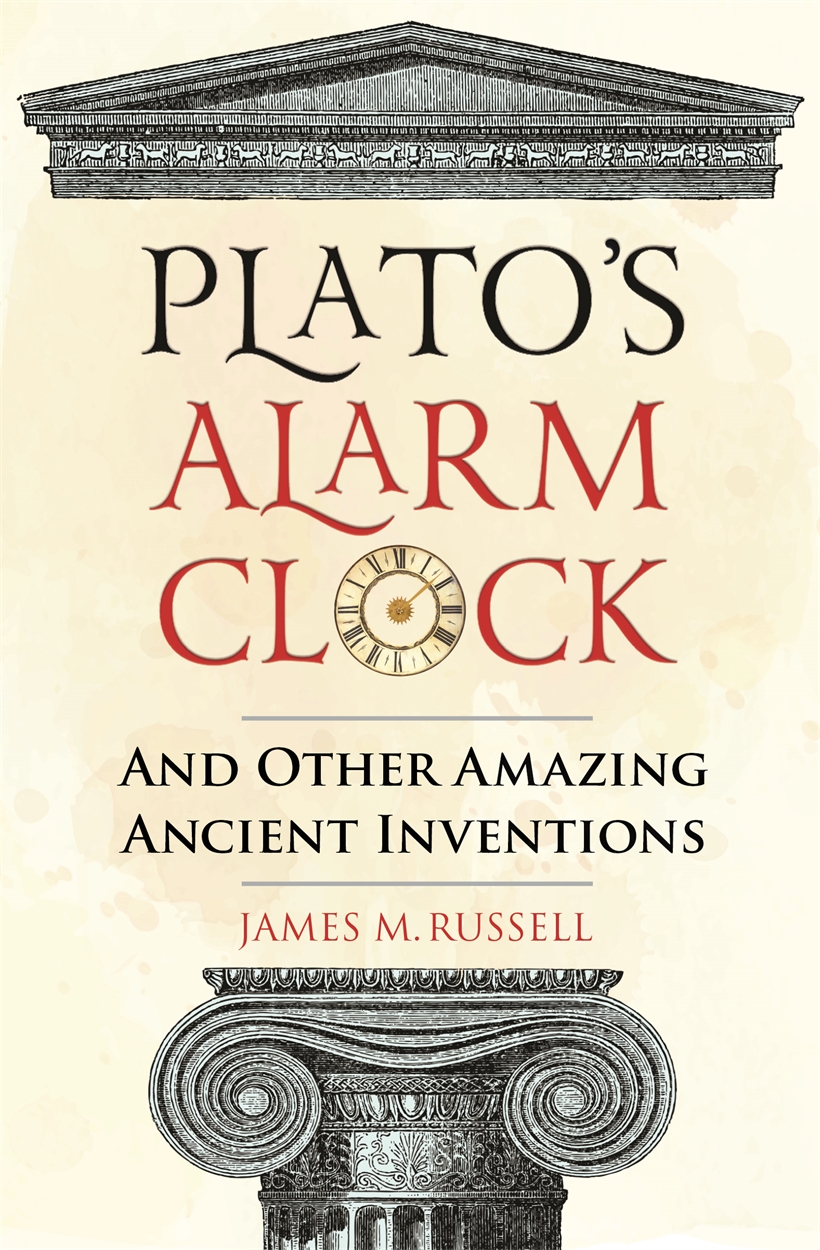


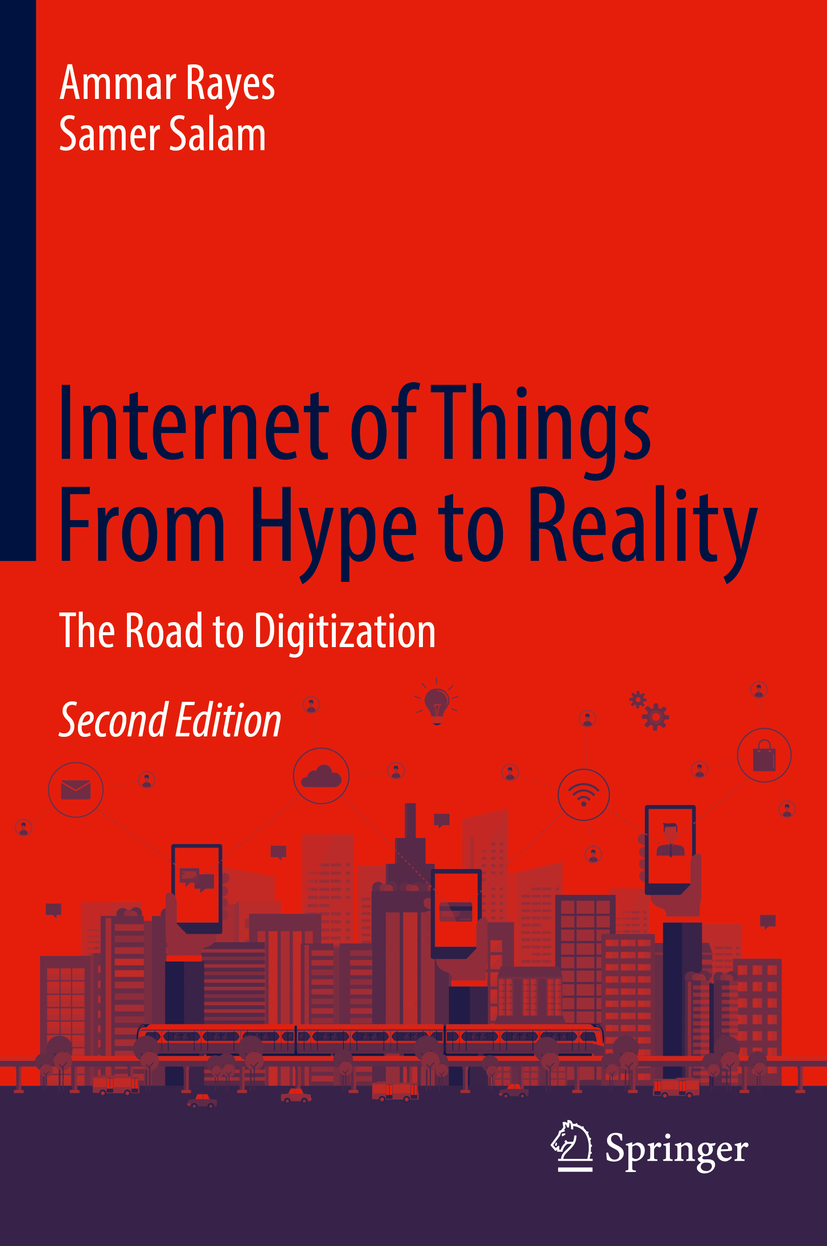
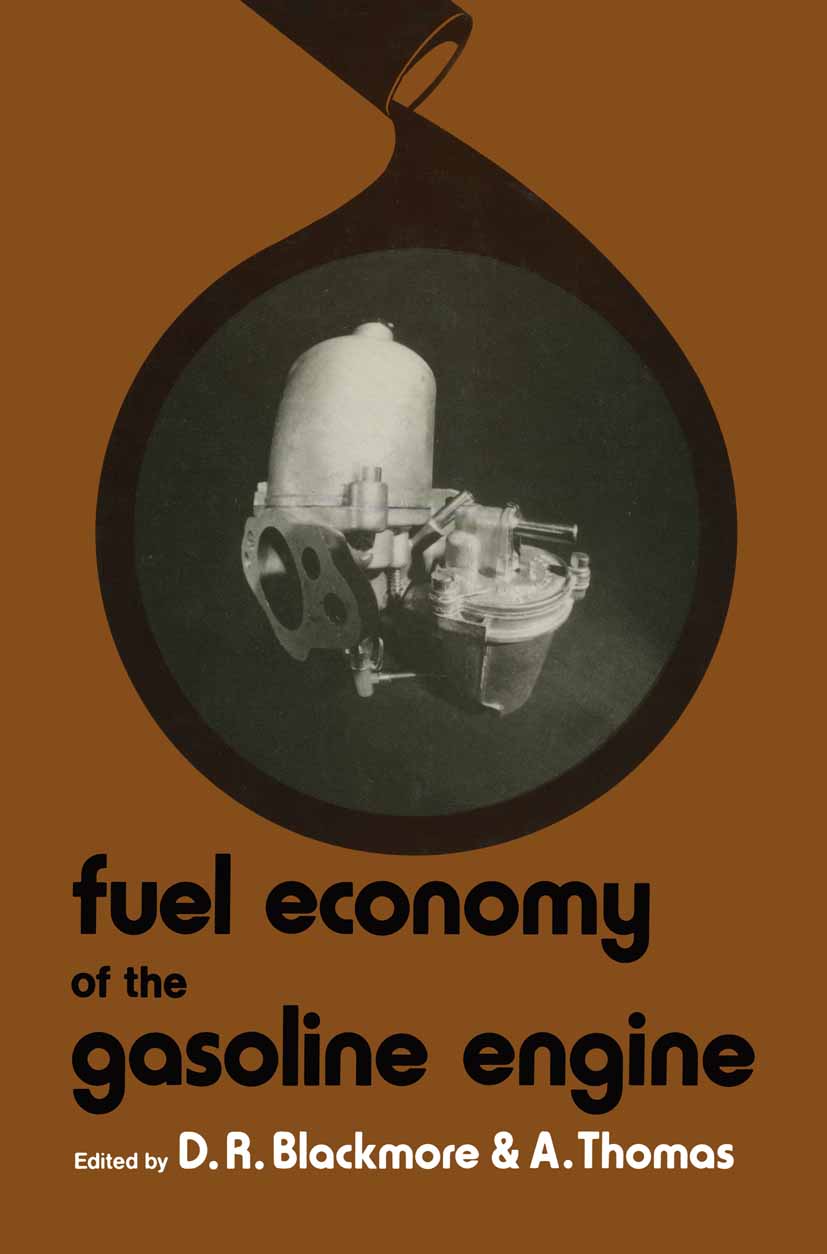
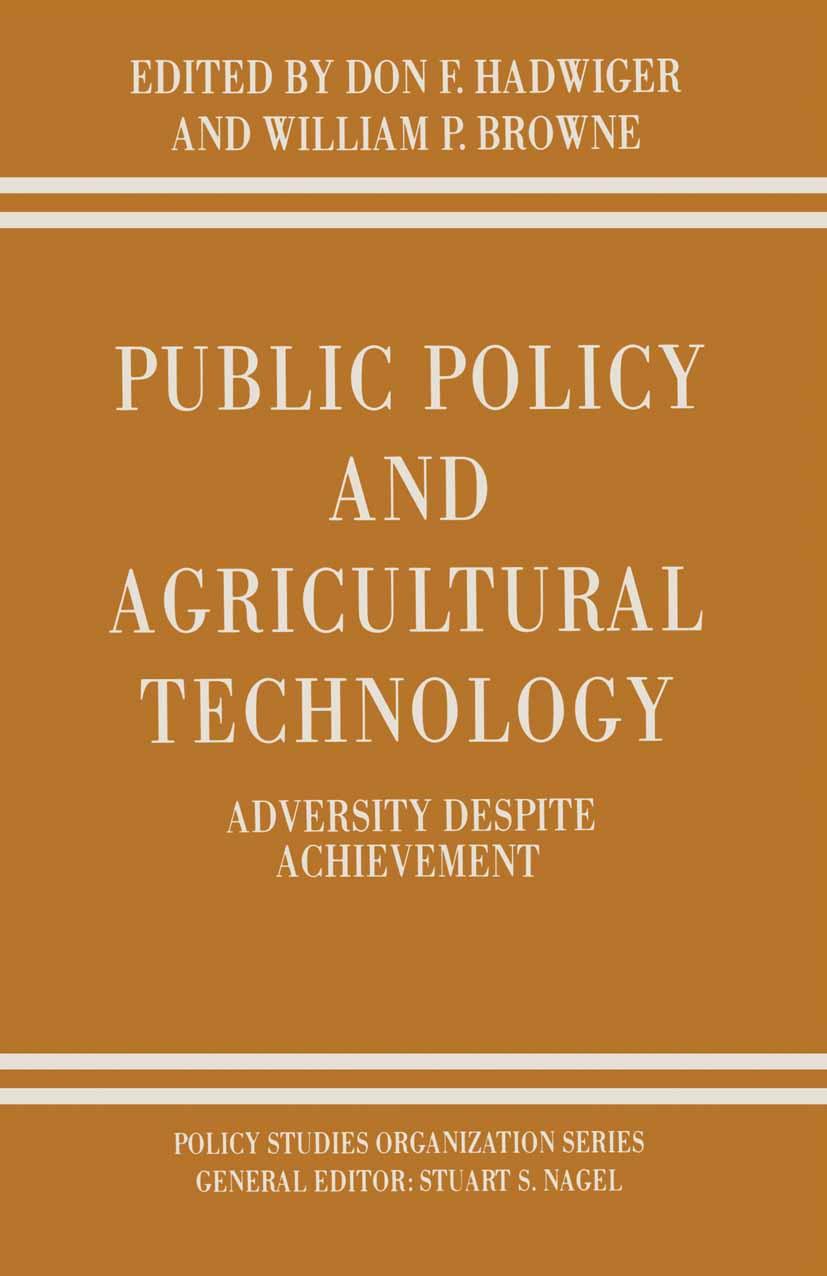


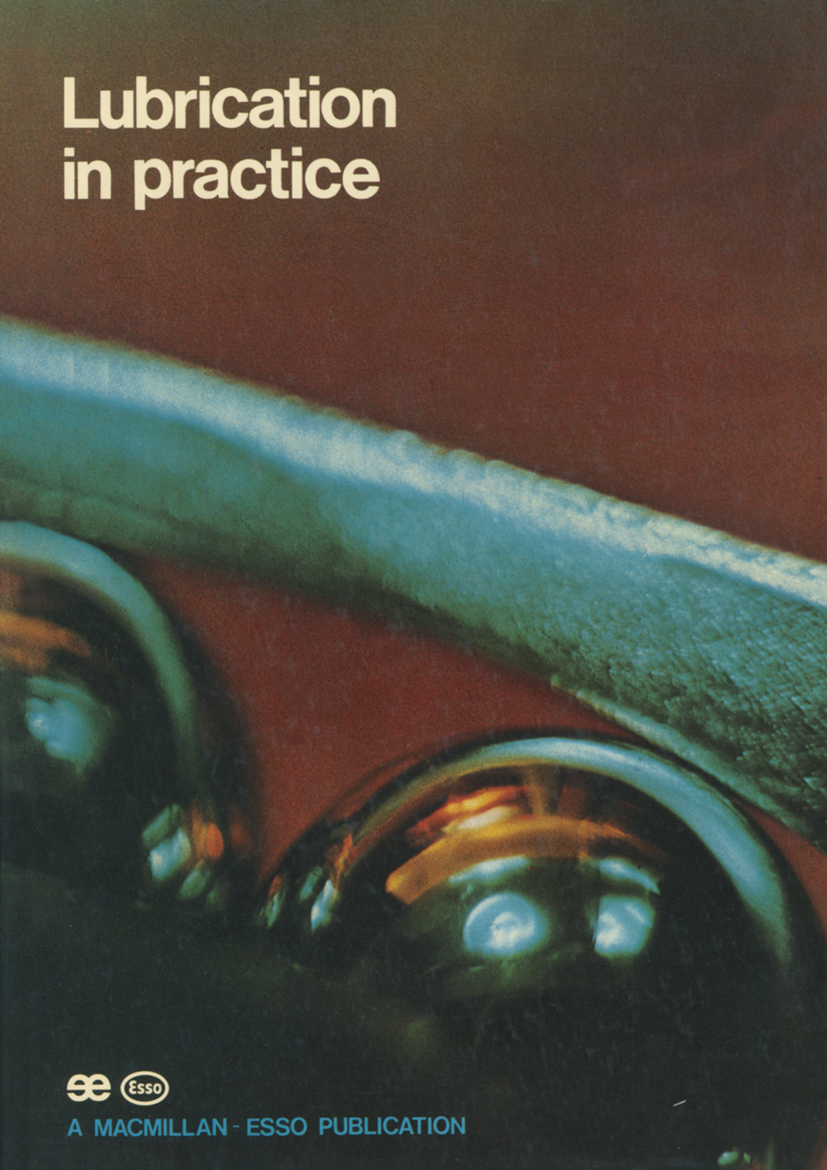
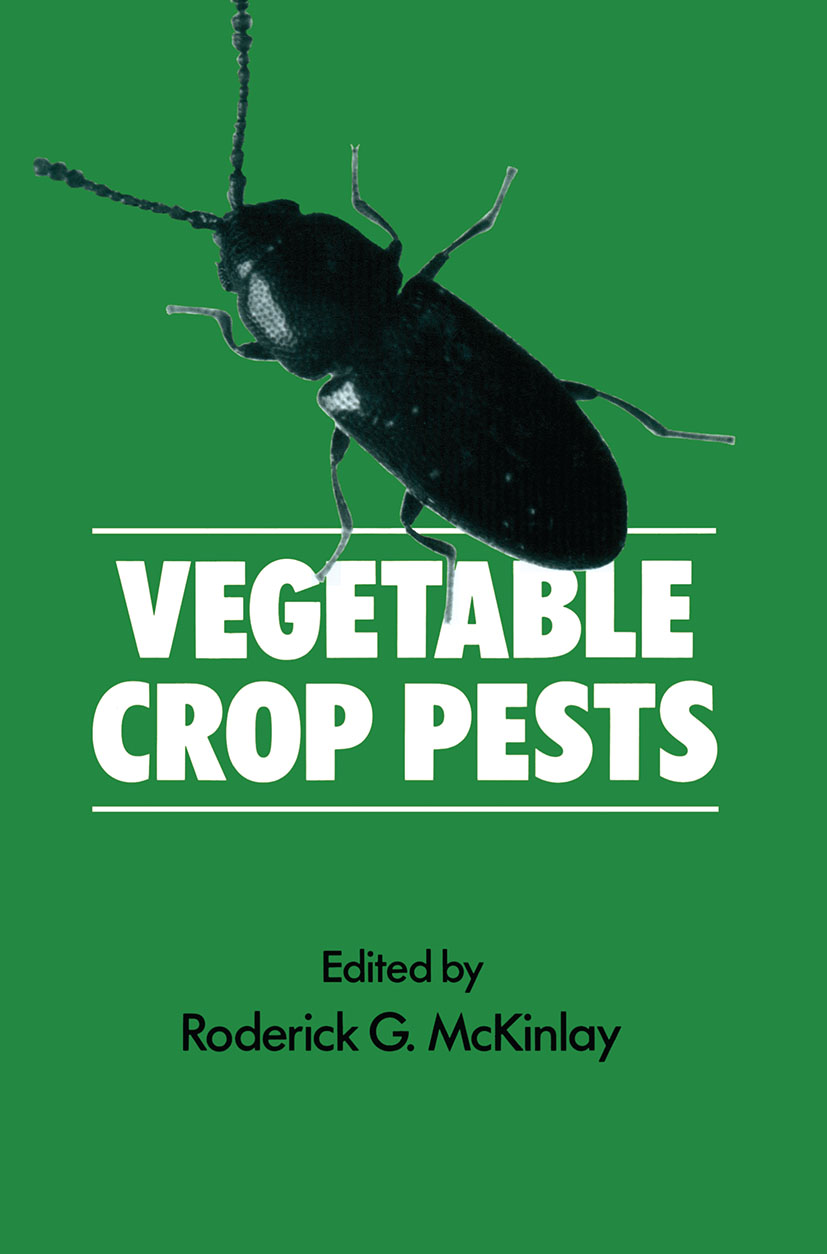

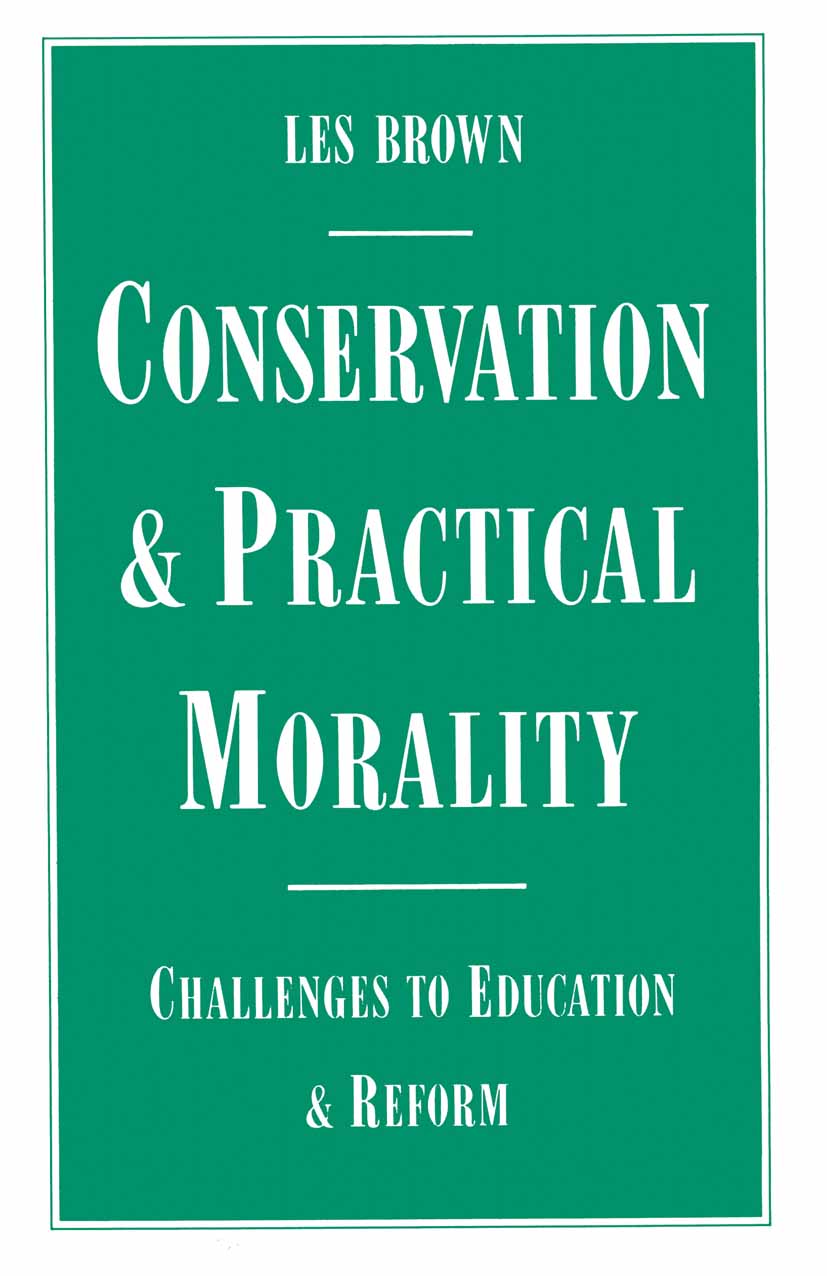
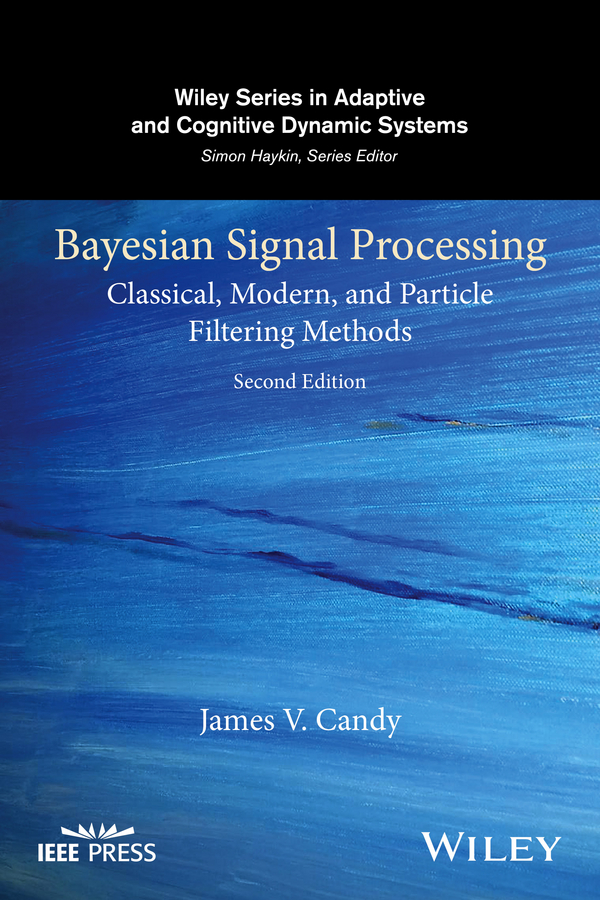

.jpg)

